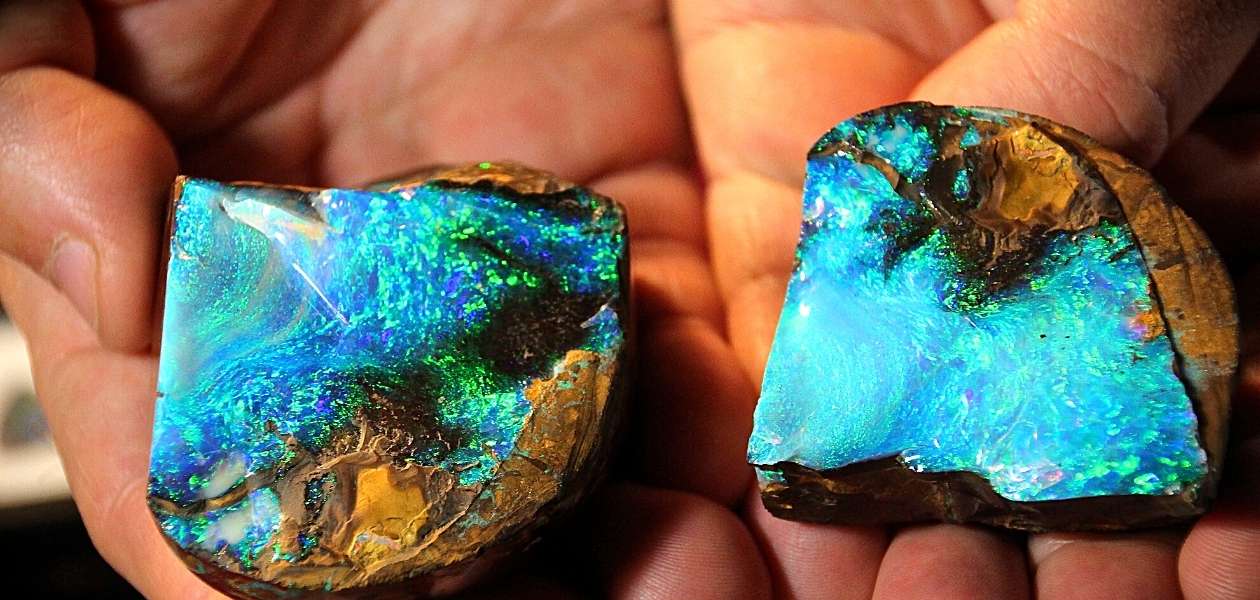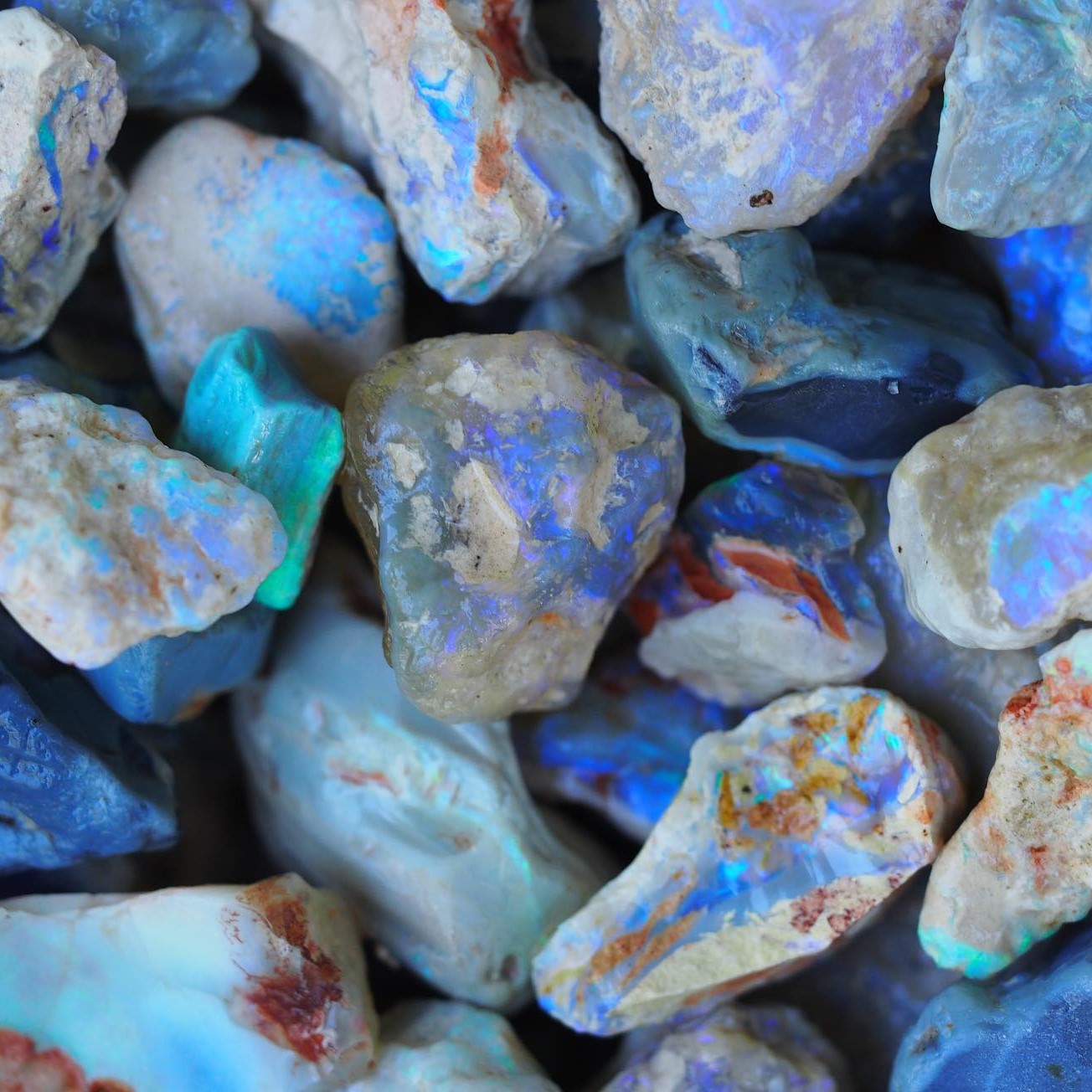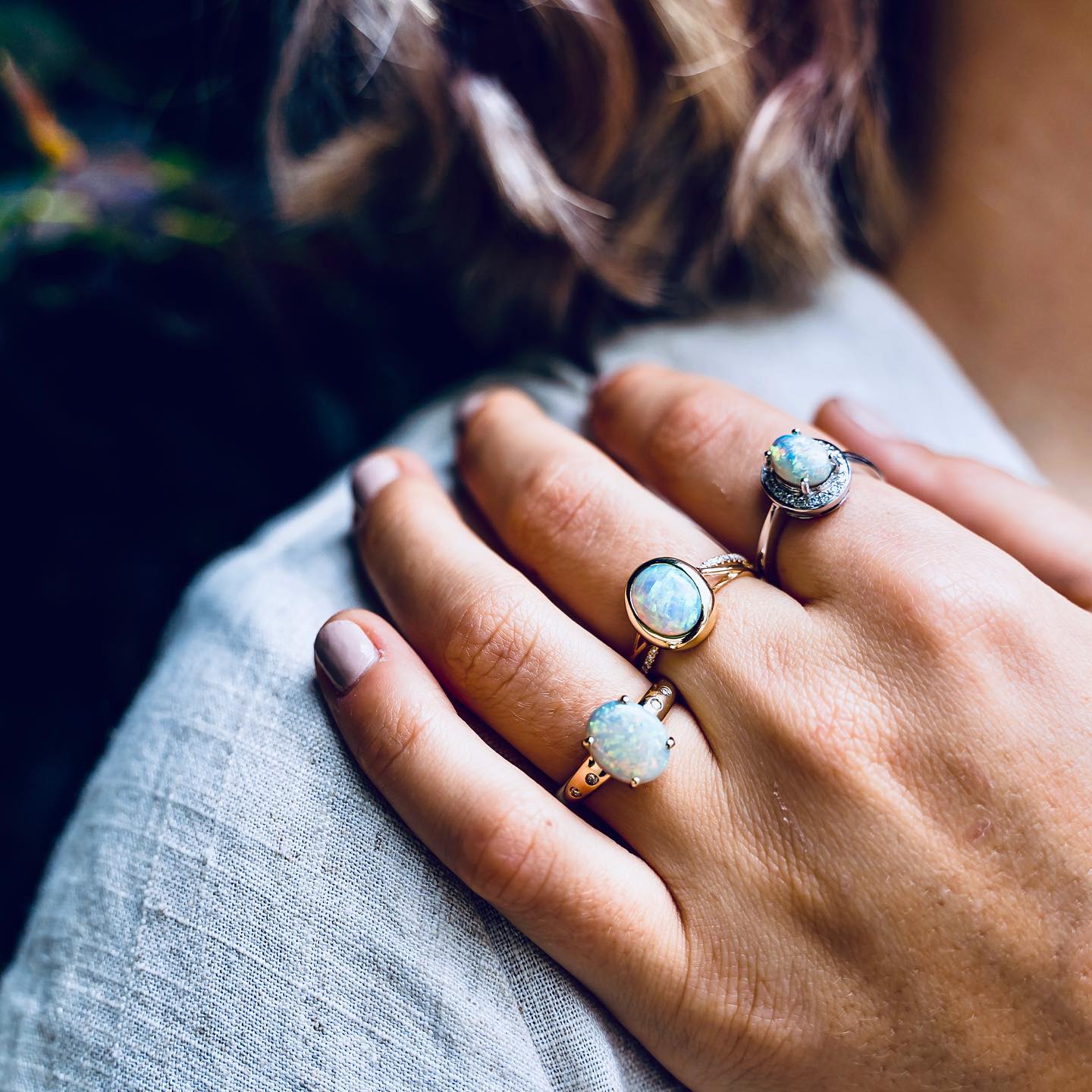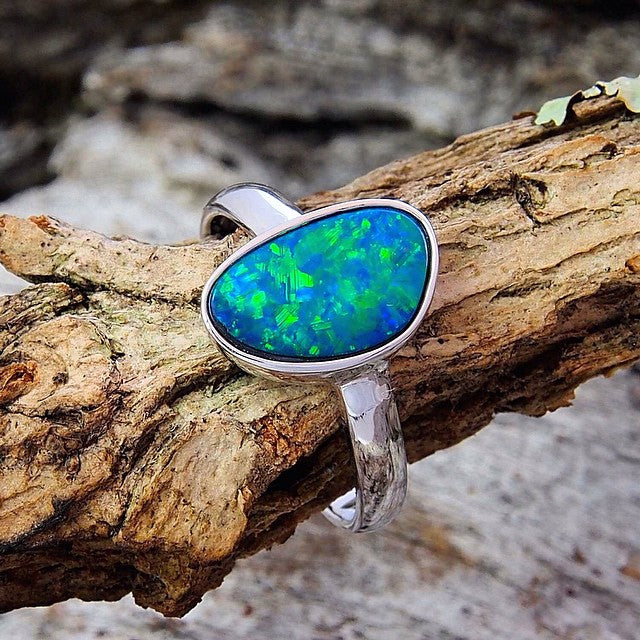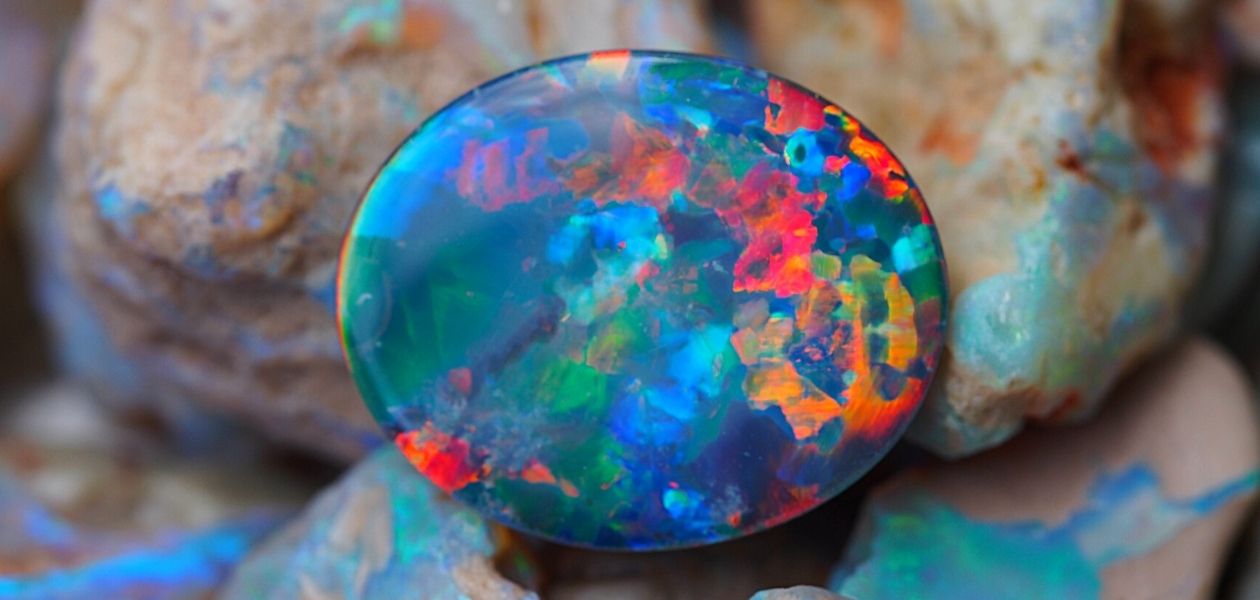
Opal Basics 101: What is opal?
Imagine a gemstone containing all the colours of the rainbow in striking patterns and shapes, whose appearance changes as it moves in the light to reveal hidden mysteries and unseen beauty, and whose form can be as unique as a snowflake or human fingerprint.
So what exactly is opal?
Besides being one of the most stunning and precious gemstones on earth that is a must-have piece for any avid gem collector, there is some science behind opal that is fascinating to know, even if you’re not an aspiring gemmologist.
Opal is a form of silica that is chemically similar to quartz but more like glass, and it contains a variable amount of water within its mineral structure. Precious opal generally contains 4 to 6 per cent water.
How does opal form?
Opal is found in rock that formed anywhere from 65 to 135 million years ago, usually located in arid inland areas of Australia that were once covered in water as part of the Great Artesian Basin.
Over millions of years, a quartz-like mineral known as silica mixed with water and seeped into cracks and cavities of the rock. As this mixture gradually dried out over time, a hardened gel containing layers of tiny silica spheres formed, creating what is known today as opal.

Why is opal so colourful?
In precious opal, the silica spheres are layered and packed in an even, regular way. As white light, for example sunlight, hits the layers of spheres and spaces inbetween, it breaks up into a full spectrum of wondrous colours.
The types of colour seen in an opal depends on the size of the silica spheres and the spacing between the layers. Large spheres result in a red colour – the rarest and most valuable colour of all – while medium-sized spheres cause green and blue colours, and smaller spheres create violet tones.
What does ‘play-of-colour’ mean?
Opal is renowned for its brilliant, colourful spectrum and broad range of distinctive patterns, with its most famous attribute being its ‘play-of-colour’.
As an opal is turned in the light and viewed from different angles, a beautiful movement of colour is seen across the face of the stone in spectacular, iridescent patterns.
These patterns have many forms and names including Harlequin, pinfire, Chinese writing, flower garden, mackerel sky, flagstone and rolling flash, among others.
The brighter and more vibrant an opal’s colour and patterns are, the more highly prized and valuable the gemstone is.
How can I own a piece of opal?
Whatever the colour or pattern found in opal, there is no denying its magnificence and versatility as an eye-catching gemstone that looks stunning in any style setting be it a ring, pendant, earrings or other form of jewellery.
We recommend you have a quick browse through our online collections and explore all the colours and patterns our opals offer – you just might view opal from a different perspective now you know more about this fascinating gemstone. A little knowledge can go a long way!

